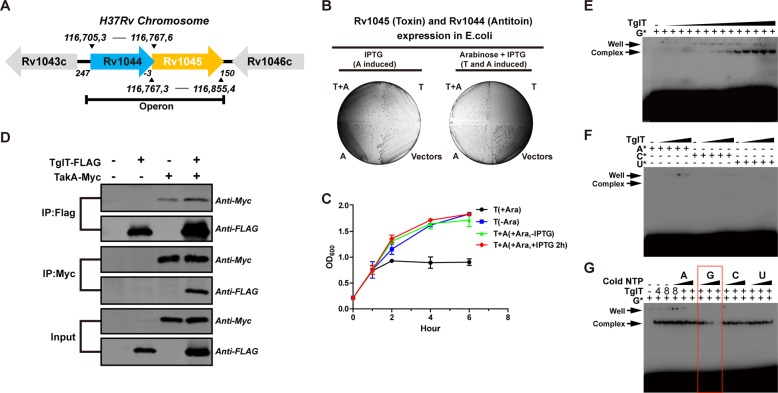Fig. 1. Rv1044-Rv1045 of H37Rv constitutes a bona fide TA system.
a Diagram of the genetic organization of the Rv1044-Rv1045 operon in the H37Rv genome (not to scale). The location of the genes is indicated. b Toxicity and antitoxicity assay of Rv1044-Rv1045 pair in E. coli. The expression of the pBAD33-c-6His-Rv1045 plasmid encoding TglT-His resulted in cell growth arrest; the toxicity was neutralized when the pET28-n-6His-Rv1044 plasmid encoding His-TakA was co-expressed. See plasmid details in Supplementary Table 2. c Growth curves of BL21 cells containing plasmids encoding the toxin (pBAD33-c-6His-Rv1045) and the antitoxin (pET28-n-6His-Rv1044), or the toxin with the empty vector. For all experiments, the bacteria were induced when OD600 reached 0.2, which was set as hour 0. The OD600 was then measured at the indicated time points. Red curve, the toxin was induced (+Ara) first and the antitoxin was induced (+IPTG) 2 h later; green curve, the toxin was induced (+Ara) but the antitoxin was not induced (−IPTG); blue curve, BL21 cells containing pBAD33-c-6His-Rv1045 and the empty pET28a but without induction (−Ara); black curve, BL21 cells containing pBAD33-c-6His-Rv1045 and the empty pET28a with induction (+Ara). Data shown are mean OD600 value ± SD (n = 3). d The interaction between TglT and TakA was detected by a Co-IP experiment. e–g NTP binding assays demonstrate that toxin TglT preferentially binds GTP. In the upper two native-PAGEs, TglT forms a complex with radioactively labeled GTP, but not with ATP, CTP or UTP. The concentration of all NTPs in the assays was constant (3.3 nM). The concentration of TglT in the GTP binding assay started from the highest 16 μM (right side) to the lowest 2 nM (left side) by two-fold serial dilutions; the concentrations of TglT used in other NTP binding assays were 16 μM, 8 μM, 4 μM and 2 μM. The bottom native-PAGE shows competition binding. The concentrations of TglT and [α-32P] labeled GTP were 8 μM and 3.3 nM, whereas the concentrations of the cold competitors were 0.5 μM, 4 μM and 16 μM, respectively. Source data are provided as a Supplementary Data 2.

